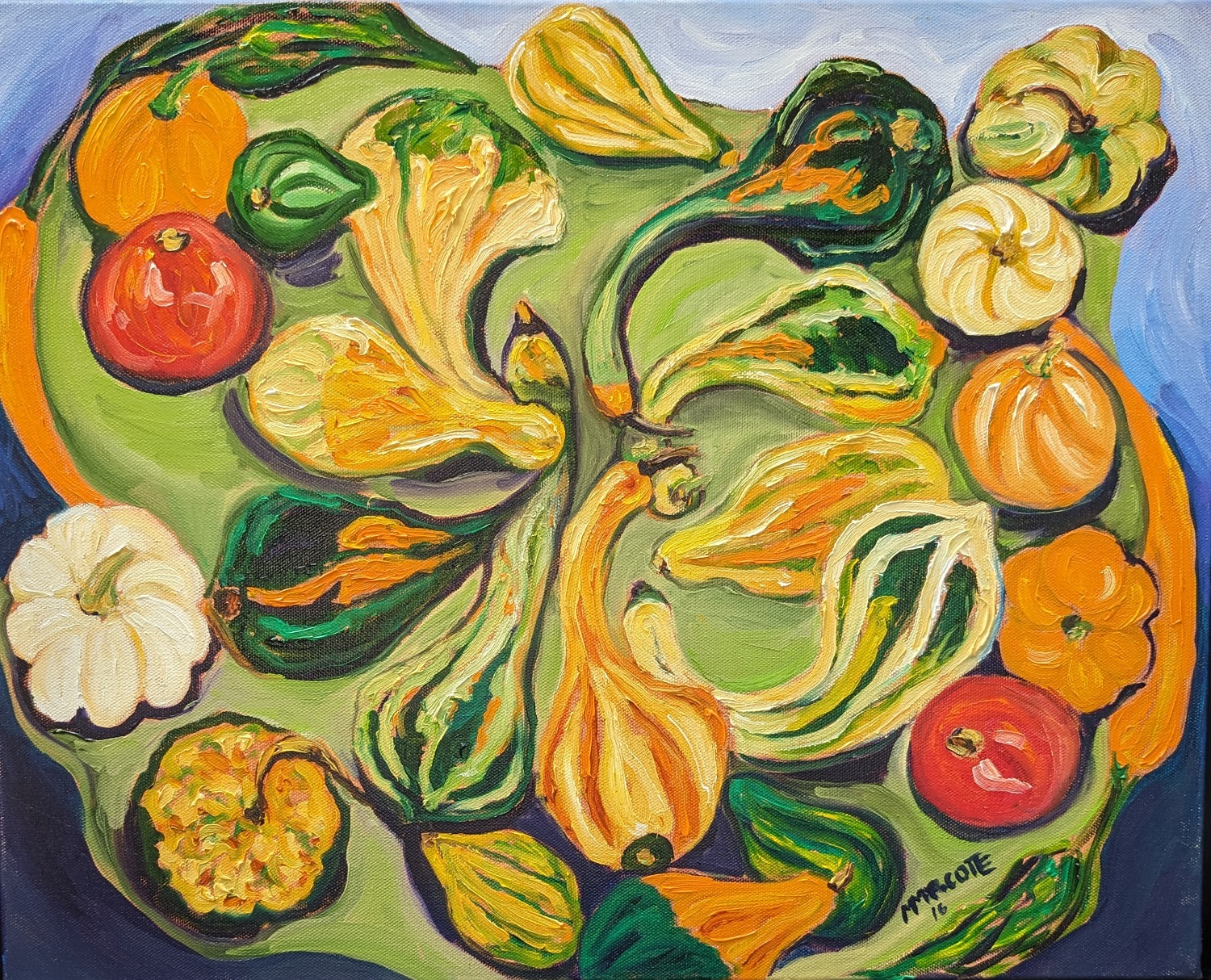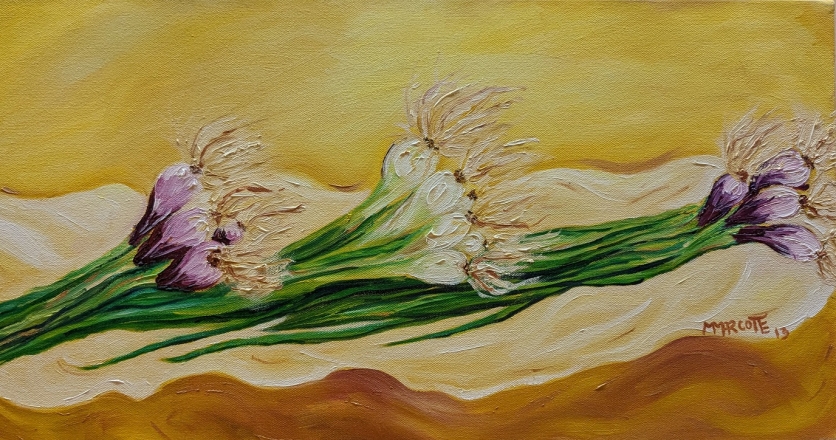Contemplating Culinary Arts
In general, “culinary arts” refers to the skills and disciplines related to preparing, cooking, presenting and serving food. Seeking a more colorful perspective, we reached out to Andrew Galarneau, food editor at The Buffalo News, and Josh Blumberg from the Niagara Falls Culinary Institute to ask: What makes culinary arts art? What distinguishes a cook from a culinary artist? And, how does artistry influence the experience of food?
A CREATIVE PROFESSION
While the average person might not give much thought to the meaning of “culinary arts,” faculty and staff at Niagara Falls Culinary Institute (NFCI) at Niagara County Community College understand “art” to be fundamental to their work.
“Without a doubt, students are drawn to this program because they want to create,” says Josh Blumberg, NFCI assistant vice president of academic affairs and campus manager. “Community and safety are essential to what we’re trying to do, which is to foster creativity and artistic intent. We want to maximize people’s talent and give them a million opportunities. We provide the space to practice and get feedback, shaving off years of trial and error in the private industry.”
On any given day, those walking the halls of NFCI can see and sample students’ creations. Students are excited to show off a new skill, like sugar spinning or sous vide preparation, or get feedback on a dish that’s new to them. Whether pursuing a certificate or associate’s degree in culinary arts, baking and pastry arts, or hospitality, students’ skills and artistry are also on full display at the school’s student-run pastry shop and restaurant, Savor.
These aren’t just cooks or bakers, but art students practicing their craft and putting their culinary creations out into the world. And like any artist, they thrive on this interaction and strive for the ultimate payoff: seeing others enjoy their work.
“It feels like we’re incubating something—more than just teaching people to cook and giving out degrees,” says Blumberg. “It’s intrinsically satisfying for everyone involved—the faculty, the staff, the students and the diners.”
A TRANSFORMATIVE ART FORM
You could say that Andrew Galarneau was born to food and the arts. One of five children, he began researching and experimenting with recipes and foods from other countries during his formative years. Later, throughout his career as a journalist, he would seek the inside scoop on the best places to eat wherever he found himself. When he joined The Buffalo News as a general assignment features writer, he also contributed a regular food column to Buffalo Magazine. Eventually he took over as restaurant critic for the News when Janice Okun, who started and held the position for 30 years, retired.
These days, Galarneau’s mission is to find places he loves, or something he loves about places he visits, and articulate that to readers. When asked about his perspective on food and art, he replies, “A cook is an artist when they take familiar terms, conditions and ingredients and give you something new.”
Galarneau goes on to explain that out of necessity, most cooks are not interested in changing things up. They just don’t have the luxury of resources and time to create new things.
“An artist has the nerve to do something different and to take risks,” he says. “What is art? Art is something that you’ve done that makes me love the world again. I’m putting this in my mouth and saying, ‘Wow!’”







